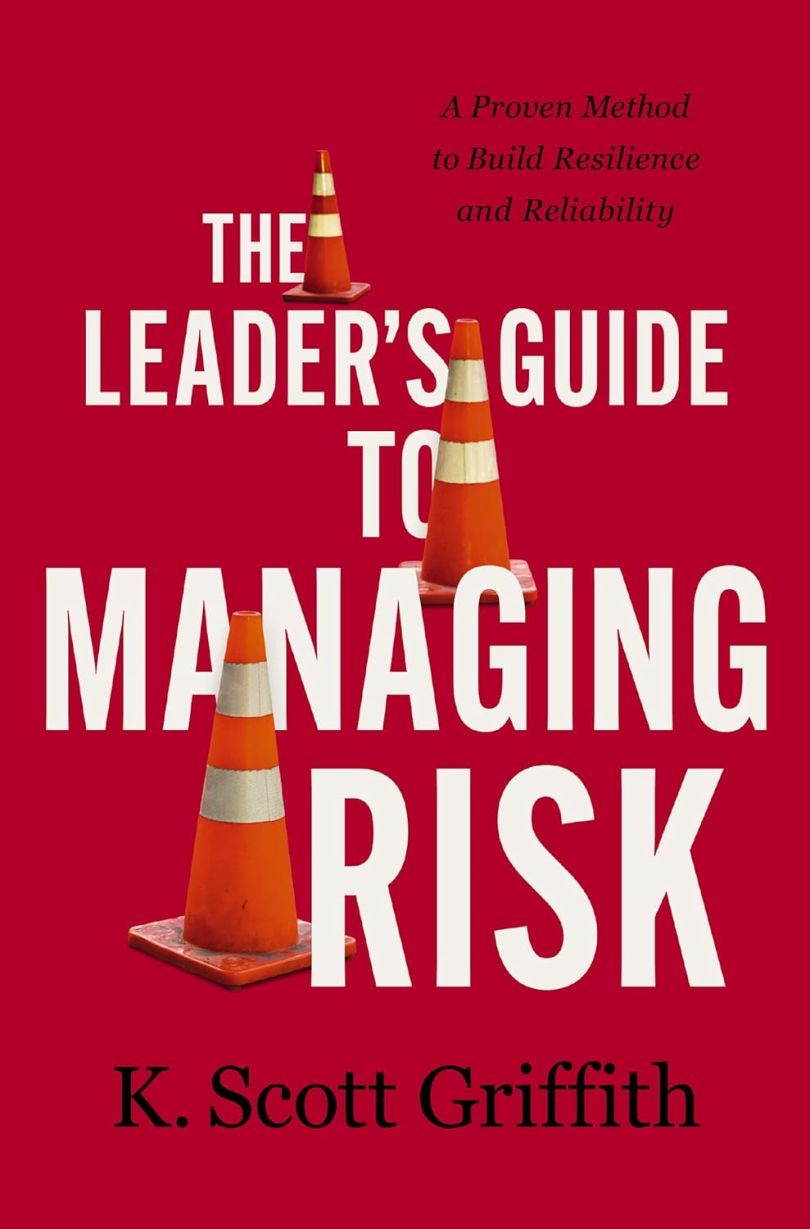Have you ever passed along a cold or flu virus to someone? The odds are we all have. But how would we know? We usually can’t see, smell, touch, hear or taste these germs. If we could, our actions to avoid them would be very different. Our inability to see them removes the feedback loop that is essential to learning from our experiences. When we drive a car and start to drift out of our lane, we receive instant visual and sometimes tactile feedback. Not so with viruses. Not seeing them poses a problem.
What is the sequence of reliability?
The sequence of reliability is a scientific understanding of how organizations operate and produce results. The steps in this sequence are:
- See and understand risk. Seeing risk means having vision. Understanding risk means knowing why and how it harms us. We must recognize how the risk is perceived by individuals, teams and the organization at large.
- Manage reliability in this order:
- Systems (to become effective and resilient).
- Humans (human performance and behavior).
- Organizations (achieve sustainment and become predictive).
How Do Scientists Make Vaccines?
The primary system we’ve put in place to combat influenza shows how we manage the risk. In addition to hand hygiene and other personal measures, vaccinations provide our most effective widespread system of defense. Over the past century, vaccinations have transformed healthcare across the globe, inoculating us against the ravages of disease and saving millions of lives. They are a form of the “herd effect” — what happens when a large percentage of a population has become immune to an infection and provides a measure of protection for people who are not immune. Each year, vaccines are prepared in advance to provide a large-scale defense against influenza.
Who decides what strains of flu go into the vaccine each year, and how do they choose? All year, 142 national influenza centers in 113 countries collect data on the flu viruses affecting the world’s population. They monitor which strains are making people sick, how efficiently those strains are spreading and how well previous vaccines have worked to combat their targeted viruses.
So, what are the results of this systemic approach? The Centers for Disease Control and Prevention conducts studies each year to determine how well the vaccine protects against influenza illness. While vaccine effectiveness can vary, recent studies show that vaccination reduces the risk of flu illness by 40 percent to 60 percent during seasons when most circulating flu viruses are well-matched to the vaccine. In years when the flu viruses are not well-matched, the protections drop substantially.
But get your flu shot. The herd immunity effect is real, and the shot may lessen the severity and duration of your symptoms. Some protection is better than none.
The conclusion? The key challenge in making the flu shot more reliable is in becoming better at predicting the dominant strain each year, its location and prevalence. In other words, seeing and understanding it.
Is There a Future With Fewer Cold and Flu Cases?
In a perfect world, every flu and cold virus could be recognized, isolated and reported to a centralized data repository. And medical research could make more effective influenza vaccines readily available, based on our ability to pinpoint and predict the geographic locations where these strains are most likely to surface.
Let’s also suppose that better personal barriers become available for individual use, such as masks that kill flu viruses on contact. And while we’re imagining a better world, let’s predict that someday we’ll be able to detect certain viruses with the aid of optical devices, like our ability to see and understand microbursts in  aviation. That would influence our behavioral choices as another line of defense against acquiring and spreading these viruses. Shaking hands and touching certain doorknobs might become recognizable hazards. And in the unlikely event that someone contracts a flu or cold virus, medical research would lead to ways we could kill or neutralize the virus as a form of recovery.
aviation. That would influence our behavioral choices as another line of defense against acquiring and spreading these viruses. Shaking hands and touching certain doorknobs might become recognizable hazards. And in the unlikely event that someone contracts a flu or cold virus, medical research would lead to ways we could kill or neutralize the virus as a form of recovery.
First seeing and understanding risk, then managing system performance, would give us a greater chance of substantially reducing the occurrence and spread of these viruses, as we’ve done with certain other communicable diseases such as rubella in the Americas and rabies in certain countries.
But that’s only part of the process. To get optimal results, we also would have to manage human performance (people getting their shots) and organizational performance (hospitals, businesses and schools ensuring herd immunity).
But sometimes the more reliable our system is — both effective and resilient — the less reliable our human behaviors are. Of course, that can be a good thing if we can come close to eliminating targeted diseases. Elimination means reducing new cases to near zero but needing ongoing measures to prevent diseases from re-establishing, according to the World Health Organization. Examples include mumps, measles, whooping cough and smallpox. But there has been a resurgence in recent years because of people choosing not to get vaccinations.
Elimination may not be enough. Unless we can eradicate these diseases — permanently cut new cases to zero, with no further efforts necessary, according to WHO — we’ll need to keep our focus on human and organizational reliability to reach our reduction goals. While that may sound ambitious, a future of dramatically reduced influenza and colds is within our grasp if we apply the sequence of reliability: see and understand risk, manage people and improve systems.
Taken from The Leader’s Guide to Managing Risk: A Proven Method to Build Resilience and Reliability by K. Scott Griffith. Copyright © 2023 by K. Scott Griffith. Used by permission of HarperCollins Leadership.





